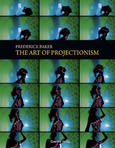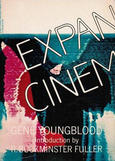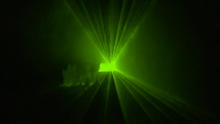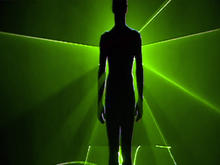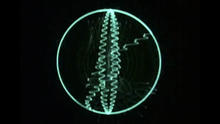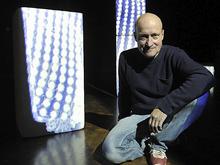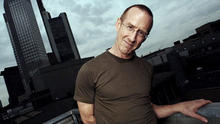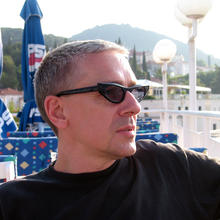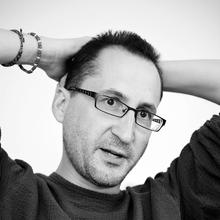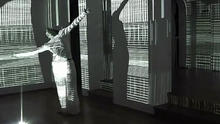Robin Fox
is an artist straddling the often artificial divide between audible and visible arts. As an audio-visual performance artist his work has featured in festivals worldwide.
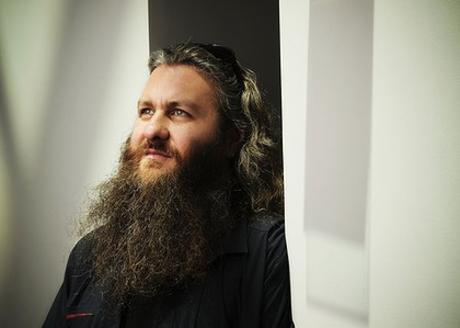
Recent appearances include a commissioned performance for the Henie Onstad Kunstcenter, Oslo (March 2010), Mois Multi Festival, Quebec City (Feb 2010), Steirischer Herbst Festival, Graz (Nov 2009), Musica Genera Festival, Warsaw (June 2009) and the Yokohama Triennale (September 2008).
His audio visual films for the cathode ray oscilloscope are documented on the DVD release Backscatter (2004) with more recent works Volta and 5 Creation Myths being exhibited as video works at the RoslynOxley9 gallery in Sydney, The Asian Art Biennale in Taipei, the Miniartextil International exhibition in Como Italy and most recently at the Gesellschaft für Kunst und Gestaltung in Bonn as part of Geometric Form seen in Recent Sound.
His groundbreaking work with Chunky Move has contributed to the recent piece Mortal Engine winning a Helpmann award for Best Visual Production and an Honorary mention at the illustrious Prix Ars Electronica. He also scored the critically acclaimed work Connected with Oren Ambarchi and has produced two works, RGB and Drift, with groundbreaking new choreographer Antony Hamilton.
Other projects include a photography exhibition called Proof of Concept which showed at the Centre for Contemporary Photography in Melbourne July 2010 and Interior Design, a research project with the Bionic Ear Institute composing music for cochlear implant wearers. He is currently working on a giant interactive Theremin for the City of Melbourne.
Musically he has released 3 albums with composer and performer Anthony Pateras (Editions Mego/Synaesthesia) and one with double bassist Clayton Thomas (Room 40). He has also performed with the likes of Oren Ambarchi, Lasse Marhaug, Jerome Noetinger, Stephen O’Malley and Erick D’Orion among numerous other encounters. His recent solo LP/Cassette on deMego, A Handful of Automation, is his first full length solo audio release. More recently, the Warsaw based label Bocian has released his first solo 7″ More Impossible Futures.
He also has a PhD in composition, from Monash University focusing on the development of multi-channel performance ecologies and the design of interactive electro-acoustic situations that explore the dynamic between performer, space and computer; and an MA in musicology, which documents the history of experimental music making in Melbourne 1975-9.
Source: Robin Fox
You wouldn’t think it, but Melbourne based sound and visual artist Robin Fox somehow completely missed the rave period and its epic laser displays. He has made up for this however, by constantly developing jaw dropping high-powered, audio controlled laser systems that have traveled the world. (...)
Fox is the Laser and Sound Artist behind contemporary dance company Chunky Move’s Mortal Engine, a dance-video-laser performance spectacular, which uses movement-responsive video projections to portray an ever-shifting, shimmering world in which the limits of the human body are an illusion.
Source: desktop

